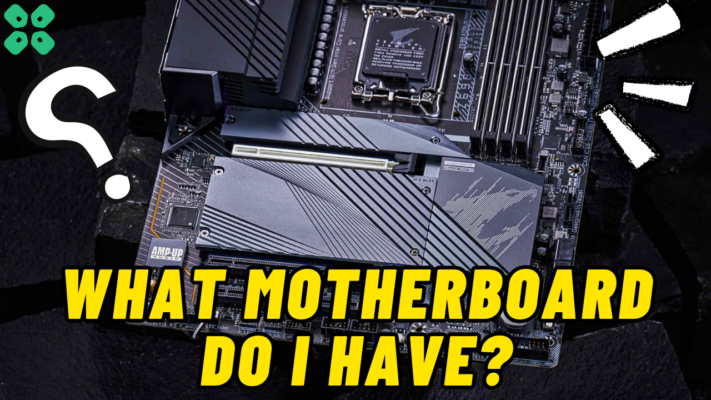Macs have a reputation for having better security than Windows PCs. Many people believe that Apple machines are impenetrable to cybercriminals and malware attacks. Mac users pay more but get relative immunity and better privacy in return.
But is that perception still valid? Cybercrime is exploding, and new data shows that both Mac and Windows PC platforms can succumb to security threats. And, since the advent of AI that can help create malware and craft phishing messages, the success rate of phishing attacks has skyrocketed.
Windows PCs and Macs share a common fragility—their human owners. Users are the weak link, so both platforms are vulnerable to attacks via socially engineered phishing messages. Let’s see how vulnerable each platform is, what attacks you need to watch out for, and how to keep your device safe.
How Vulnerable Is Mac?

Cybercriminals generally see Mac users as more affluent. They are also likely to work for large corporations with deep pockets. Therefore, Mac users may be more likely to pay a ransom in ransomware attacks. That’s why some cyber criminals are willing to put more effort and time into writing Mac malware. It’s harder to penetrate Macs, but the payday can be much bigger.
As a result, Mac users are just as likely to see phishing attacks as Windows users. Phishing attacks include keyloggers that record your passwords, crypto-mining software, and data-stealing Trojans. These malware strains can be engineered to get past Macs’ defenses, so Mac users who neglect basic security practices can fall victim to attackers.
How Vulnerable Is Windows?

Windows has, by far, the most users. The sheer numbers mean that even incompetent hackers could eventually succeed if they persevere long enough. Cybercriminals often start on Windows to learn their trade in the malware market.
It’s easier and cheaper to develop Windows than Mac software, so there’s a Windows app for everything! Unfortunately, that makes it easier for cybercriminals to fly under the radar in a Windows environment. Thousands of different devices, models, and brands use Windows, and Microsoft cannot possibly monitor each.
On the plus side, many threat protection software companies specialize in cybersecurity solutions. It’s easy to beef up your Windows defenses with a VPN for PC combined with an antimalware solution.
A Level Playing Field
On the whole, macOS is less at risk than Windows. Indeed, certain types of malware attacks will just bounce off them.
However, some attacks don’t try to distribute malware. They aim to lure you via poisoned links to malicious websites to steal sensitive information. There’s a massive market on the dark web for credit card and social security numbers, social media logins, and other sensitive data. These attacks have equal success on both platforms.
AI-Generated Phishing Attacks

Phishing attacks are widespread and very dangerous to both Windows PCs and Macs. In the past, identifying such attacks was a lot simpler. Messages and emails often had spelling errors or clumsy grammar.
However, the advent of ChatGPT has given attackers a massive boost. Cybercriminals have quickly adopted AI. They have even created their evil chatbots, like FraudGPT and WormGPT, to help them get past people’s defenses.
Protect Yourself With These Essential Safety Tips
Getting infected only takes one mistake. Implement these tips to stay safe from phishing attacks on your PC.
- Get a VPN for PC. Users are the weakest link, but an unsecured internet connection is easy to penetrate by hackers with sniffer gear. A VPN encrypts your sensitive information and makes it unintelligible to eavesdroppers. It’s crucial to use a VPN when connecting to public WiFi or while away from home or work.
- Use a good antivirus. Activate your firewall and use a premium antivirus. A free antivirus may help to ward off common malware threats, but if you use the internet often, you’ll need live protection.
- Limit app permissions. Applications that use your camera or file systems can allow bad actors to access your information. Only grant access to an application if you need the feature.
- Limit root access. You don’t need administrative or root privileges for everyday activities. You only need admin privileges when you’re installing or removing software. Create a limited-privilege everyday user account on your PC. This will stop opportunistic or malicious software from installing itself on your system.
- Take passwords seriously. Use strong, unique passwords for your Apple or Microsoft accounts. If an attacker can crack your single sign-on password, they will gain access to all your data on every device you own. Even worse, if your SSO profile has admin privileges, they could gain access to your operating system.
- Read the pop-ups. This is one of your last lines of defense, especially on a Mac. Both Windows and Mac permission systems can block malware installations—unless you accidentally click on a pop-up window to permit installation. Read each pop-up window before you click OK.
- Be careful with account and login details. Get a password manager to help you create strong passwords and provide one-click logins for your favorite sites. Then, turn off your browser’s password-saving and auto-filling function.
- Apply updates. Enable automatic updates for your operating system. Update all apps whenever a new version becomes available.
An Oldie but Goodie: The Final Safety Tip
This advice bears repeating: Don’t just click!
Use your antivirus or VPN link checker to discover more about links that arrive via email, text, or chat app. Use it even for links from trusted contacts. They may have been infected without being aware of it. Whether you use a Windows PC or Mac, stay vigilant. Cybercrime is real. Don’t become an easy target!







